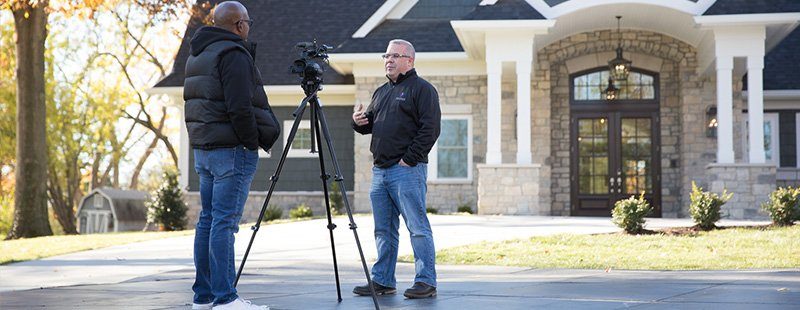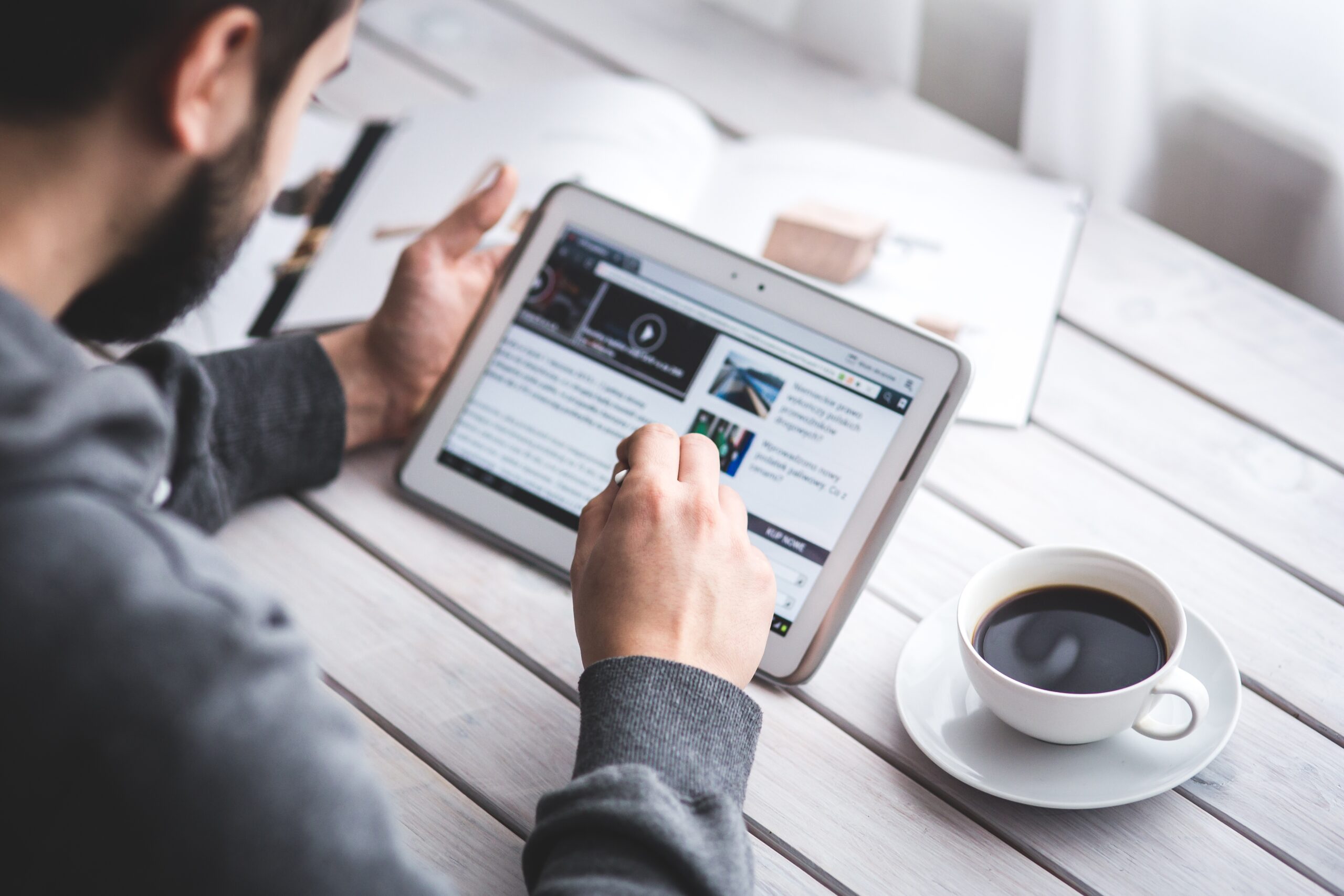It’s equally important to understand the optics of interview settings when conducting an interview or media appearance. This blog is in follow-up to a previous blog on Types of Media Interviews. It helps to know ahead of time the type of interview be conducted and setting. For example, a talk show will most likely involve a face-to-face interview with the host. If you’re unfamiliar with the program or unsure what will be expected of you, it is wise to ask your contact or the person setting up the details.
It is also helpful to be familiar with and aware of the methods used by reporters to conduct interviews because some are friendlier settings than others. Your interviewer will be doing their homework on you and your background, and it’s wise for you to do the same. Hopefully, when making yourself available for interviews – or even actively seeking out opportunities to share your expertise and experience with the media – the setting will be a friendly one. It is still a good idea to think through the potential outcomes and be aware of what can happen, so no one is caught off-guard if the interview takes an interesting turn! Let’s dig a little into the friendlier settings and what to be aware of.
Friendlier Interview Settings
- A face-to-face interview, for example, is typically just a subject (that’s you) and a reporter in the studio or “on location” somewhere relevant to the story. Ideally the area is restricted to persons outside those who are key to the interview, but there may be times when many will be present and active.
- A telephone interview, more common for radio or newspaper, takes place over the phone. It’s important to speak clearly and critical to minimize interruptions from other callers, family members or other distractions. A pause or silent moment is considered ‘bad’ in the radio world, buy it can be wise to deploy a pause to allow an interviewer to fully ask the question or for other callers to finish speaking. This ensures that your message is heard, and it makes editing easier. (These tips also apply when, in our post-pandemic world, the face-to-face and the telephone combine to create the Zoom!)
- Panel interviews include several interview subjects, whether in person or on the phone (or videoconferencing call). Particularly if the interview is over the phone, you’ll want to pay attention to other speakers, so that you don’t accidentally talk over them and cause neither of you to be heard.
- Remote interviews use a camera at your location and reporter or interviewer at the studio. In the past, this might have meant a camera crew came to you, but today this is often done with videoconferencing tools.
Beware of these Settings…
If you find yourself or your company embroiled in a controversy, you should prepare yourself for a less friendly setting. In today’s world, where everything can be captured on cell phone video, footage is increasingly used by citizen-journalists, i.e., average citizens who have no affiliation with a verifiable media outlet and often no training in the field of journalism, PR, or a similar field. Videos showing these types of interviews are then uploaded to social media and other sites, turning their subjects into “bad guys” known around the world.
The two interview settings we’re talking about are, of course:
- The ambush interview, which is when a reporter (or citizen-journalist) attempts to catch a person off-guard and deliberately make them look bad. Often, the goal of these interviews isn’t to glean information or responses to interview questions. Rather, they are meant to provoke a person into an impulsive reaction that will make for great drama on camera but will also be potentially damaging to their reputation.
- A stakeout interview is similar to an ambush interview. A reporter “lies in wait” for a person to emerge from home or office hoping to catch them and get answers their questions. If a professional journalist is the one attempting a stakeout interview, it’s probably because they feel they are being deliberately avoided. This tactic will follow their efforts to reach out by more traditional methods. One can head off this type of interview by preparing for and following up with the media when a story begins to break.
If faced with an ambush or stakeout interview, stay patient and friendly. Don’t conduct the interview unprepared, but don’t take too long. These are some other ways you don’t want to respond!
- Don’t get physical. Hitting a reporter or even using a hand to cover the camera lens can make for dramatic footage. Some reporters might even provoke in the hopes that someone will respond in this manner! All this behavior does is make a person look guilty.
- Don’t pull a “Walk N Talk” (briskly walking away while saying – or shouting, “No comment.” This also makes a person look guilty. Although better, you’ll also look guilty if you stop to say something, but it is possible to refuse tactfully and respectfully to do an interview.
The best course of action is to make an appointment for the interview. This demonstrates a willingness to talk but still gives ample time to prepare. If that doesn’t seem practical, express a willingness to go on-camera but only after an opportunity to speak with the reporter off-camera to d learn more about the information they’re looking for. Then take a minute or two to gather thoughts, confirm the message that needs to be conveyed, and conduct the interview.
When a person maintains composure and stays ‘on message’, even to answer just a couple questions, the image seen will be professional and less like someone has there is something to hide. If a ‘friendly interview’ isn’t possible, it is still possible to turn an unfriendly interview into a less unfriendly one. If you’re a spokesperson, you might want to acknowledge that ongoing media training may be necessary to guarantee you’ll nail the interview!
 Chris Kuban started Chemistry PR and Multimedia with a vision to effectively formulate corporate and non-profit brands across the country. He is an expert in Media Relations, Event Management and video production. Working with a team of local and national suppliers, vendors, employees, and consultants has allowed him to coordinate more than 246 national events that help deliver the ROI his clients seek. Follow him on Twitter or connect with him on LinkedIn. Chris is proud that his firm is ranked one of the Best St. Louis Public Relations Firms in the region.
Chris Kuban started Chemistry PR and Multimedia with a vision to effectively formulate corporate and non-profit brands across the country. He is an expert in Media Relations, Event Management and video production. Working with a team of local and national suppliers, vendors, employees, and consultants has allowed him to coordinate more than 246 national events that help deliver the ROI his clients seek. Follow him on Twitter or connect with him on LinkedIn. Chris is proud that his firm is ranked one of the Best St. Louis Public Relations Firms in the region.



